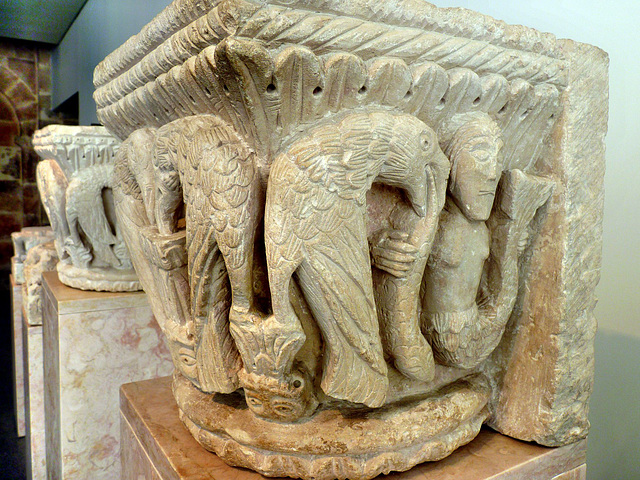Coimbra - Machado de Castro National Museum
Coimbra - Machado de Castro National Museum
Coimbra - Machado de Castro National Museum
Coimbra - Machado de Castro National Museum
Coimbra - Machado de Castro National Museum
Coimbra - Machado de Castro National Museum
Coimbra - Machado de Castro National Museum
Coimbra - Machado de Castro National Museum
Coimbra
Coimbra
Coimbra - Mosteiro de Santa Clara-a-Nova
Coimbra - Mosteiro de Santa Clara-a-Nova
Coimbra - Mosteiro de Santa Clara-a-Nova
Coimbra - Mosteiro de Santa Clara-a-Nova
Coimbra - Machado de Castro National Museum
Coimbra - Post Office
Coimbra - Mosteiro de Santa Cruz
Coimbra - Mosteiro de Santa Cruz
Coimbra - Mosteiro de Santa Cruz
Coimbra - Mosteiro de Santa Cruz
Coimbra - Sapataria
Coimbra - São Tiago
Coimbra - São Tiago
Coimbra - São Tiago
Coimbra - São Tiago
Coimbra
Coimbra - Sé Velha
Coimbra - Sé Velha
Coimbra - Sé Velha
Coimbra - Sé Velha
Coimbra - Sé Velha
Coimbra - Sé Velha
Coimbra - Sé Velha
Coimbra - Sé Velha
Coimbra - Sé Velha
Coimbra - Sé Velha
Coimbra - Sé Velha
Coimbra
Coimbra
Location
Lat, Lng:
Lat, Lng:
You can copy the above to your favourite mapping app.
Address: unknown
Lat, Lng:
You can copy the above to your favourite mapping app.
Address: unknown
See also...
See more...Keywords
Authorizations, license
-
Visible by: Everyone -
All rights reserved
-
227 visits
Coimbra - Machado de Castro National Museum


A Roman settlement, named "Aeminium" existed here. When the neighbouring town "Conimbriga" got conquered and destroyed by the Suebes in 468, the survivors moved to "Aeminium" - and renamed it. The Visigoths under King Wittiza named the town "Eminio" later. In 714 the town was conquered by Muslim troops, who changed the name again.
Coimbra was finally recaptured in 1064 by King Fernando de Castilla y León. Coimbra became the second capital of the Kingdom of Portugal (after Guimarãesin) 1139, a status that moved to Lisbon in 1256. The University of Coimbra, founded by Denis of Portugal (aka "Dom Dinis") in 1290, is one of the oldest in Europe.
Coimbra hosts the "Machado de Castro National Museum", named after Machado de Castro, a Portuguese sculptor of the late 18th century. It has a wide, very interesting collection. Here are some examples.
This capital depicts a typical Romanesque theme – the mermaid holding a fish. Inspired by bestiaries (of Oriental origin), this motif may symbolize the protective aspect of the sea, though many scholars see the mermaid as a symbol for lust and temptation.
www.museumachadocastro.gov.pt/en-GB/2%20museu/ContentList...
Coimbra was finally recaptured in 1064 by King Fernando de Castilla y León. Coimbra became the second capital of the Kingdom of Portugal (after Guimarãesin) 1139, a status that moved to Lisbon in 1256. The University of Coimbra, founded by Denis of Portugal (aka "Dom Dinis") in 1290, is one of the oldest in Europe.
Coimbra hosts the "Machado de Castro National Museum", named after Machado de Castro, a Portuguese sculptor of the late 18th century. It has a wide, very interesting collection. Here are some examples.
This capital depicts a typical Romanesque theme – the mermaid holding a fish. Inspired by bestiaries (of Oriental origin), this motif may symbolize the protective aspect of the sea, though many scholars see the mermaid as a symbol for lust and temptation.
www.museumachadocastro.gov.pt/en-GB/2%20museu/ContentList...
aNNa schramm has particularly liked this photo
- Keyboard shortcuts:
Jump to top
RSS feed- Latest comments - Subscribe to the comment feeds of this photo
- ipernity © 2007-2024
- Help & Contact
|
Club news
|
About ipernity
|
History |
ipernity Club & Prices |
Guide of good conduct
Donate | Group guidelines | Privacy policy | Terms of use | Statutes | In memoria -
Facebook
Twitter

Sign-in to write a comment.